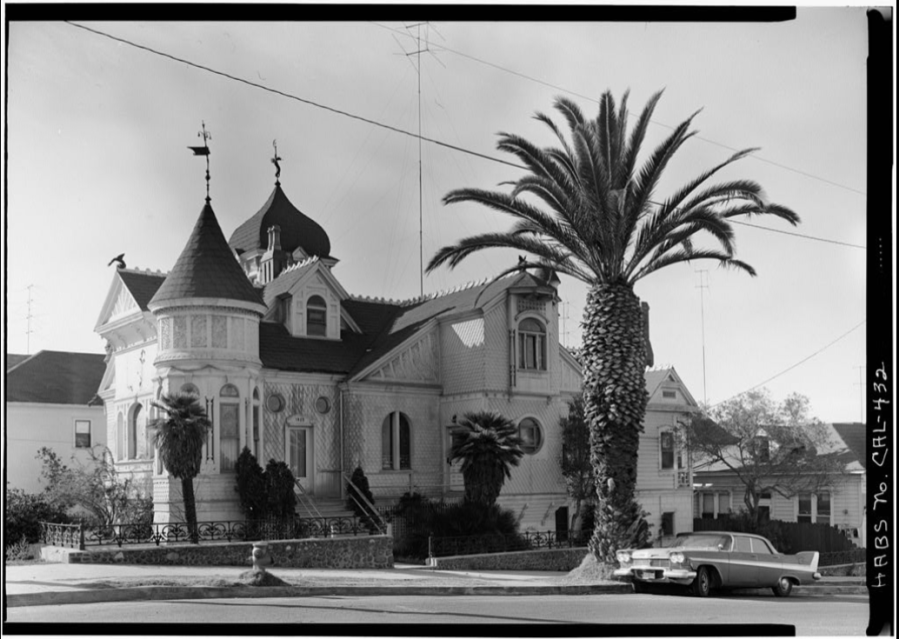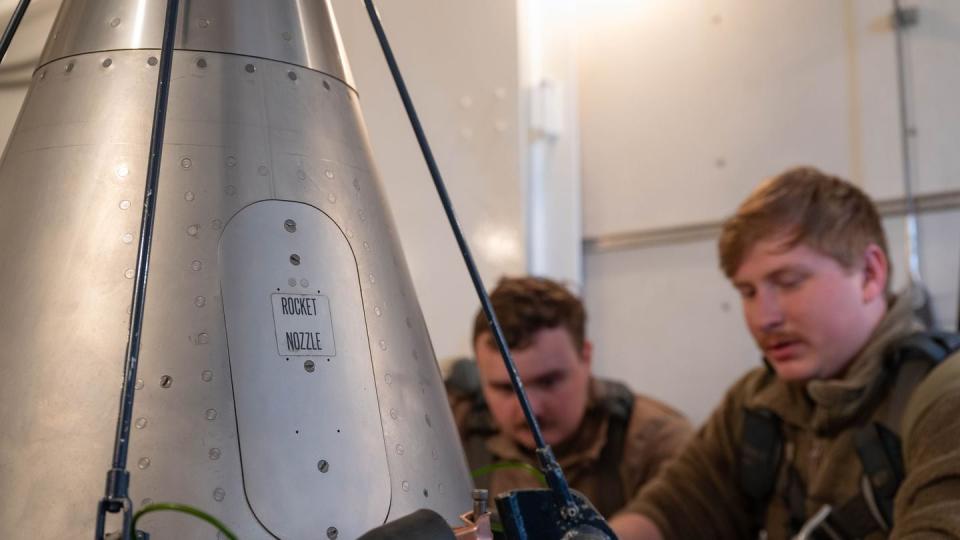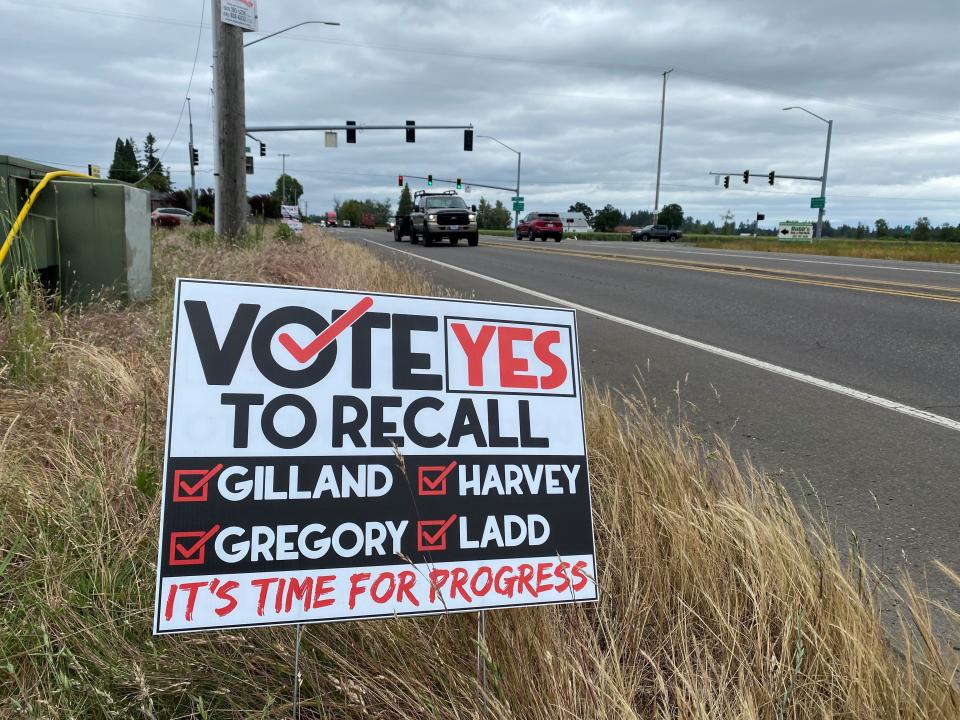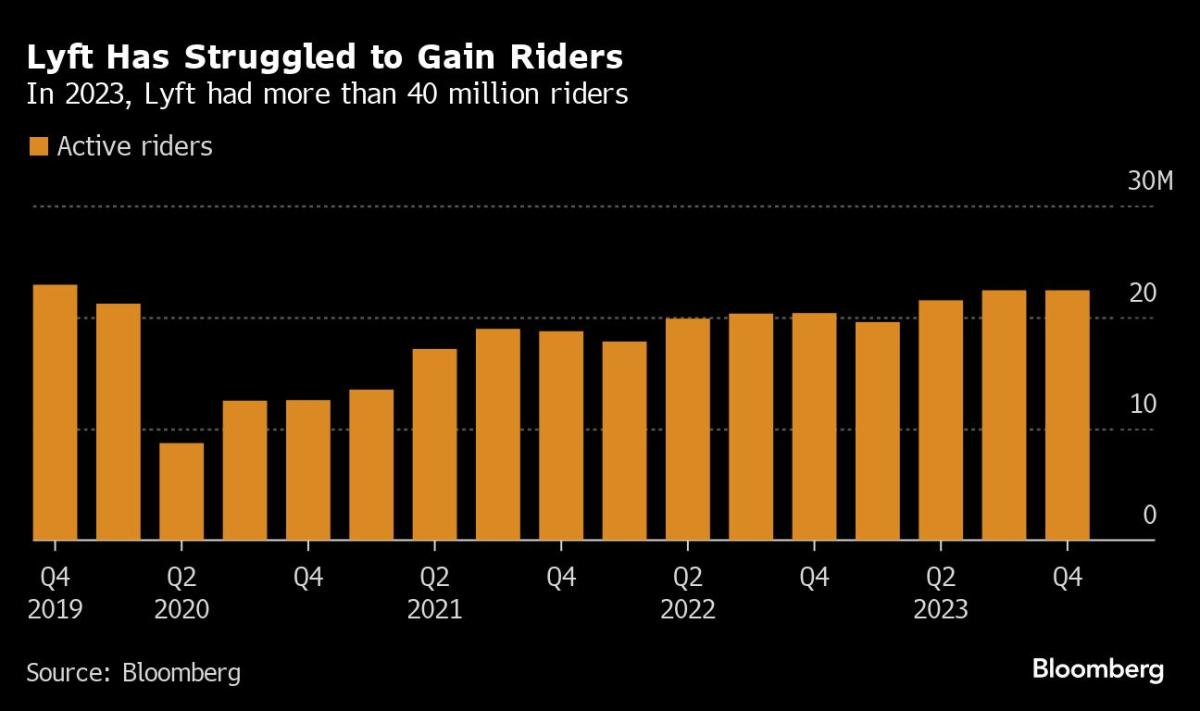Above: A Nexstar video on the history of Pride Month.
SAN DIEGO (FOX 5/KUSI) — San Diego’s LGBTQ+ community has an incredibly rich and dynamic history — one that stretches back as far as the city has been around.
Most San Diegans probably have a passing knowledge about some of the city’s LGBTQ+ hotspots, like Hillcrest’s “Gayborhood.”
However, most may not know that a few of San Diego’s most influential residents over a century ago — people who shaped parts of the city itself — are also believed to have been some of the first members of the local LGBTQ+ community.
First-ever Pride-themed wrap for MTS bus debuts in San Diego
Kate Sessions
Trailblazing horticulturalist Kate Sessions was instrumental in shaping the then-infant San Diego during the late 19th and early 20th century. Residents might know her as the “Mother of Balboa Park” or from her namesake park overlooking Mission Bay at the base of Mount Soledad.
Born in 1857 in Oakland, Sessions moved south to San Diego in 1884, where she founded several plant nurseries and flower shops. In doing so, she committed herself to planting trees and other fauna across the city, creating a number of its present-day green spaces.
What San Diegans might not know about Sessions, however, is that historians consider her one of the earliest representatives of the city’s burgeoning LGBTQ+ community.
According to city historians, little is known about San Diego’s queer community before the 20th century, given societal conventions and laws criminalizing activities associated with same-sex relationships that forced them to keep their personal lives largely behind closed doors.
Sessions also lived during a time when the concept of “homosexuality” and “heterosexuality” were still unused descriptors for sexual desire: Both terms were coined by Hungarian journalist Karl Maria Kertbeny in the late 1860s, yet they did not gain more widespread use — take on their current meanings — until well into the 20th century.
As many people who would be considered members of the modern LGBTQ+ community lived their most authentic lives secretly, historians looking to shed light on their stories often turn to other narratives about how people at the time understood same-sex relationships.
This includes the concept of “romantic friendships,” or close friendships between two members of the same gender that are often ambiguous in nature. Sessions had such a friendship, according to local historians.
‘Pride by the Beach’ kicks off Pride Month in San Diego County
The horticulturalist, who never married, is known to have maintained a very intimate, lifelong friendship with botanist Alice Eastwood.
“Our friendship developed through flowers — our children, which I am growing and you are naming,” Sessions said of her relationship with Eastwood, according to the Lambda Archives, a local history center collecting artifacts about San Diego’s LGBTQ+ community.
However, historians note that whether this affection translated into a physical relationship between the two will likely never be known.
Jesse Shepard
Performer Jesse Shepard is likely a less familiar name to San Diegans compared to Sessions, but he similarly left a lasting impression — namely in the Sherman Heights neighborhood where his house still stands as one of the most well-preserved Victorian homes in the city.
Born in England in 1848, Shepard was an eccentric pianist, particularly acclaimed amidst circles of titled or wealthy Europeans. He also wrote a book, “The Valley of Shadows,” under the pen name Francis Grierson, which is now considered to be an American classic.
Shepard lived in San Diego for a very brief time, only about three years, in the late 1880s. He built Villa Montezuma to be his place of residence after being invited to move to the area by local investment bankers, who sought to boost intrigue in the new city for prospective residents.
The elegant Queen Anne-style home became an impressive backdrop for a Shepard to hold a number of “salon” receptions where he performed, hosting celebrities from then-California Governor Robert Waterman to Civil War hero General Benjamin Grierson, his cousin.
San Diego Pride announces new additions to festival line-up
However, Shepard sold the home in 1989 amid largely self-inflicted financial difficulties, coinciding with the abrupt collapse of San Diego’s real estate market when promises of the railroad’s arrival in the city did not materialize. It now serves as a city-owned museum.
During his brief tenure in San Diego, the musician lived in Villa Montezuma along with his “secretary” and likely romantic companion, Lawrence W. Tonner.
Tonner was 15 years Shepard’s junior, but was described as a “devoted” consort by historians in a 1987 article in the Journal of San Diego History. He lived with the musician even after leaving San Diego, up until his death in 1927 while playing piano at a recital in their home.
Similarly with Sessions, not much more about Shepard and Tonner’s relationship is known beyond the affection inferred by historians from statements about their 40 years living together.
Copyright 2024 Nexstar Media, Inc. All rights reserved. This material may not be published, broadcast, rewritten, or redistributed.
For the latest news, weather, sports, and streaming video, head to FOX 5 San Diego & KUSI News.
Signup bonus from





